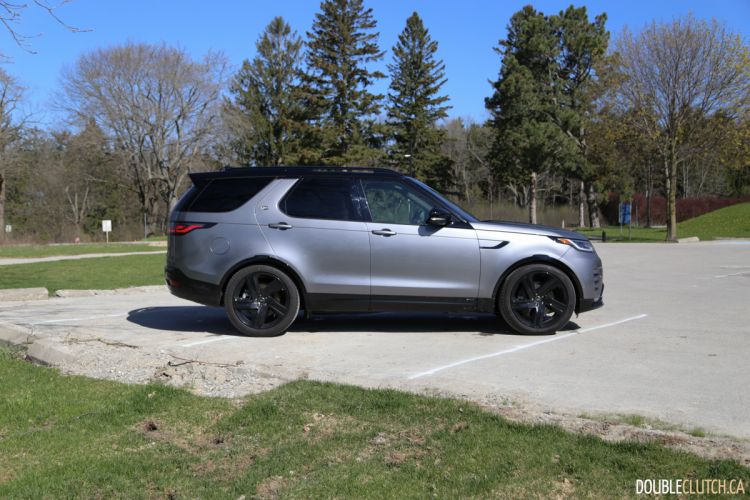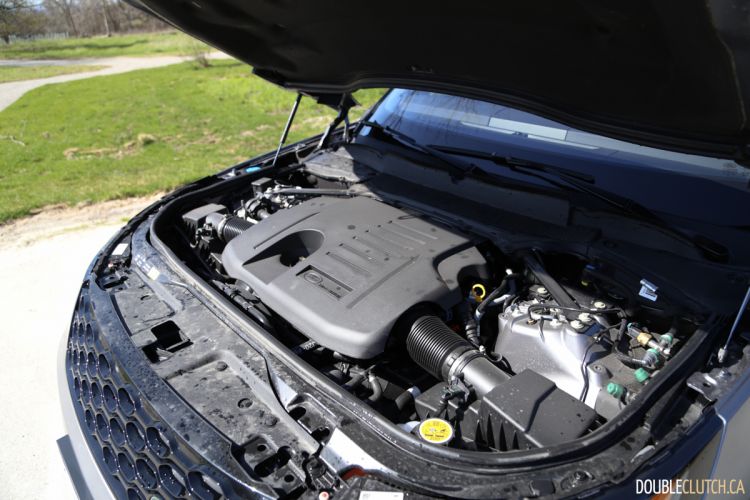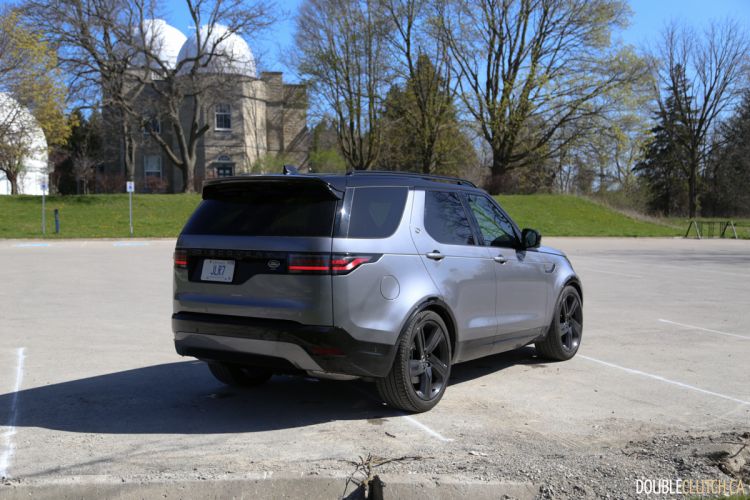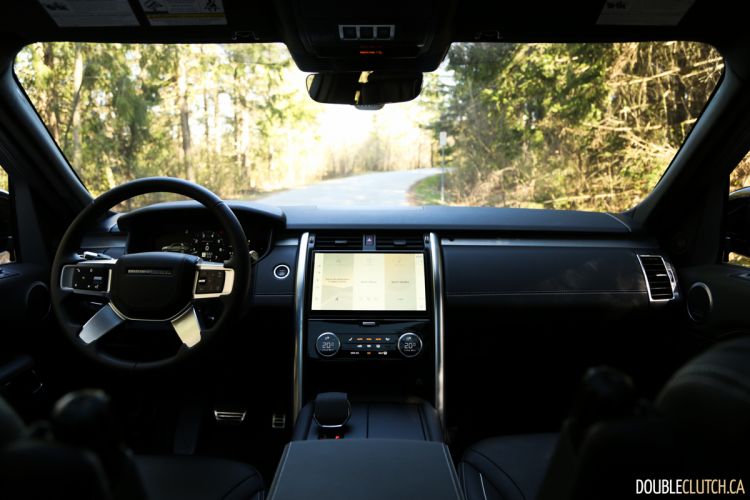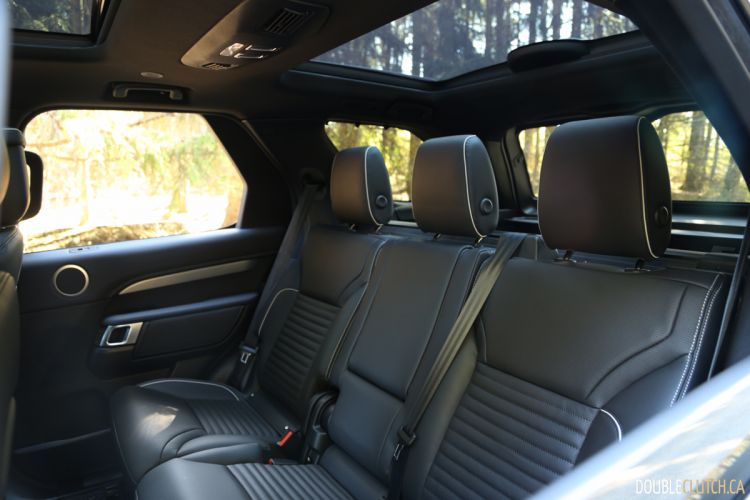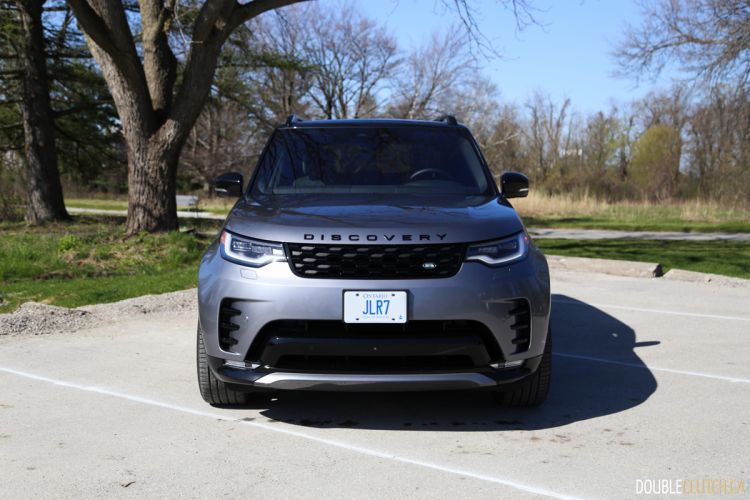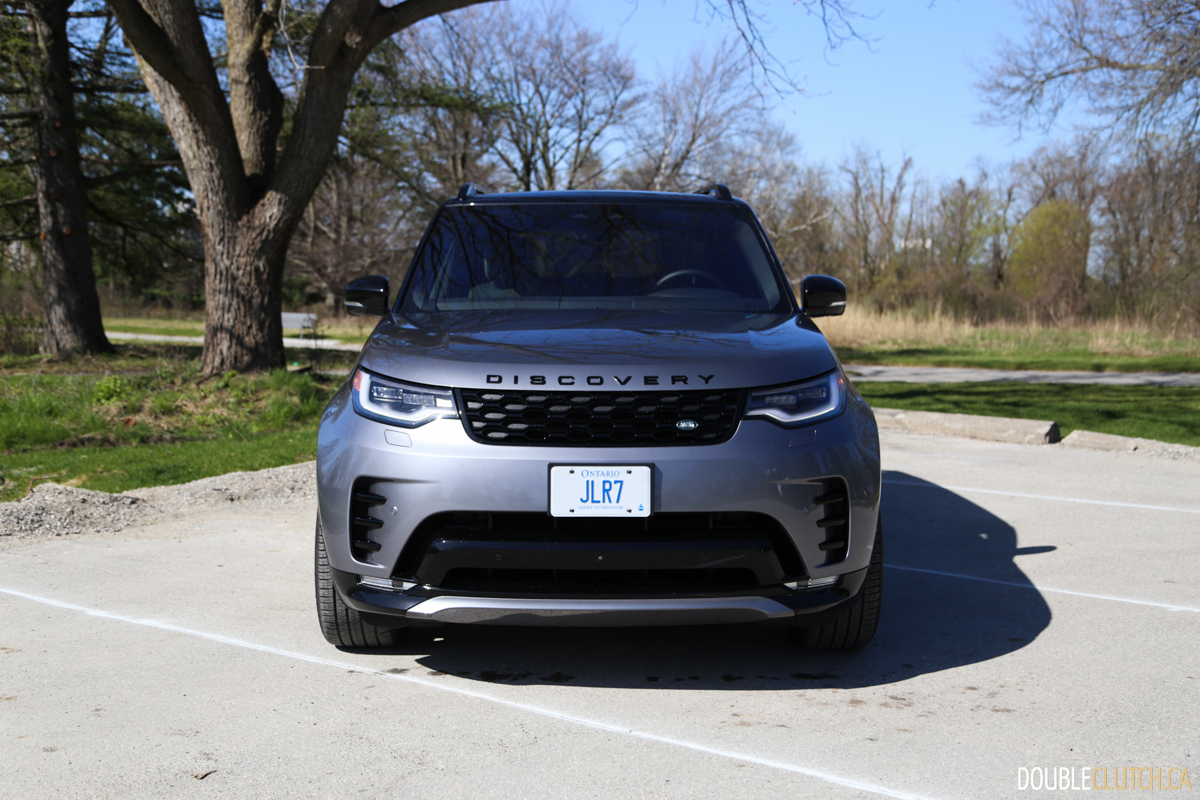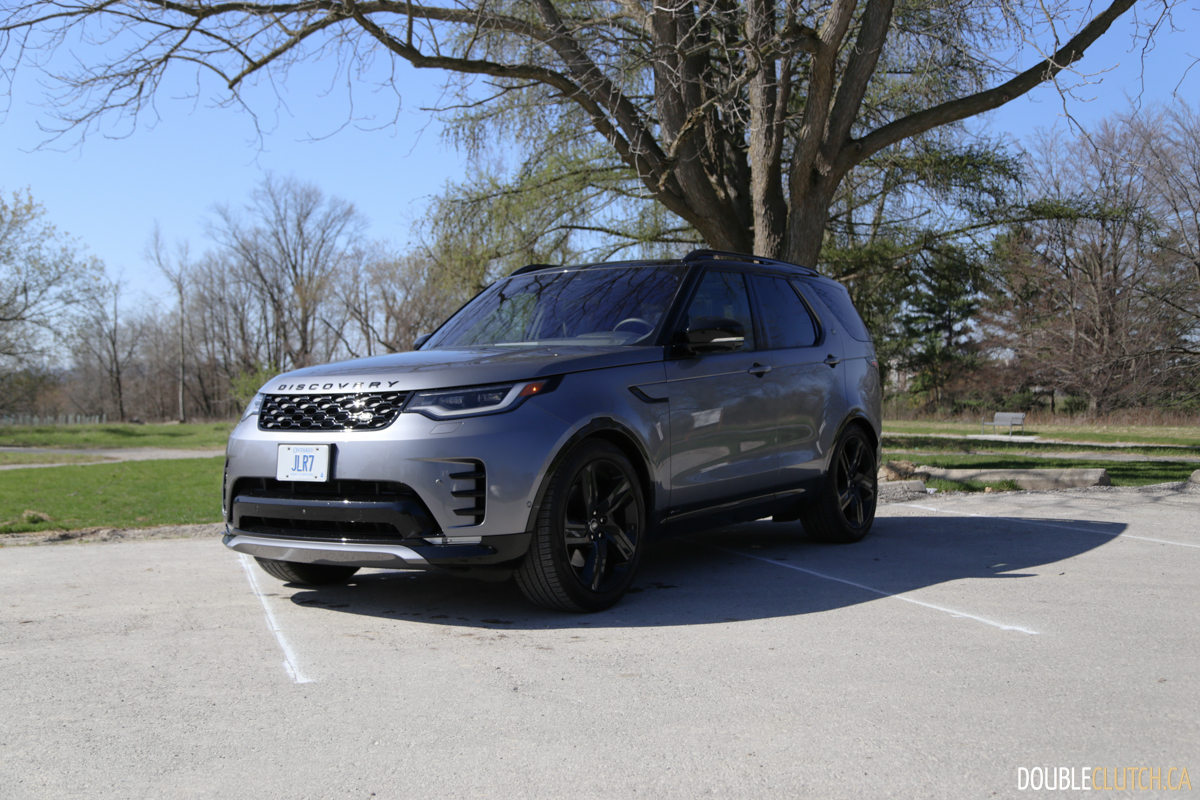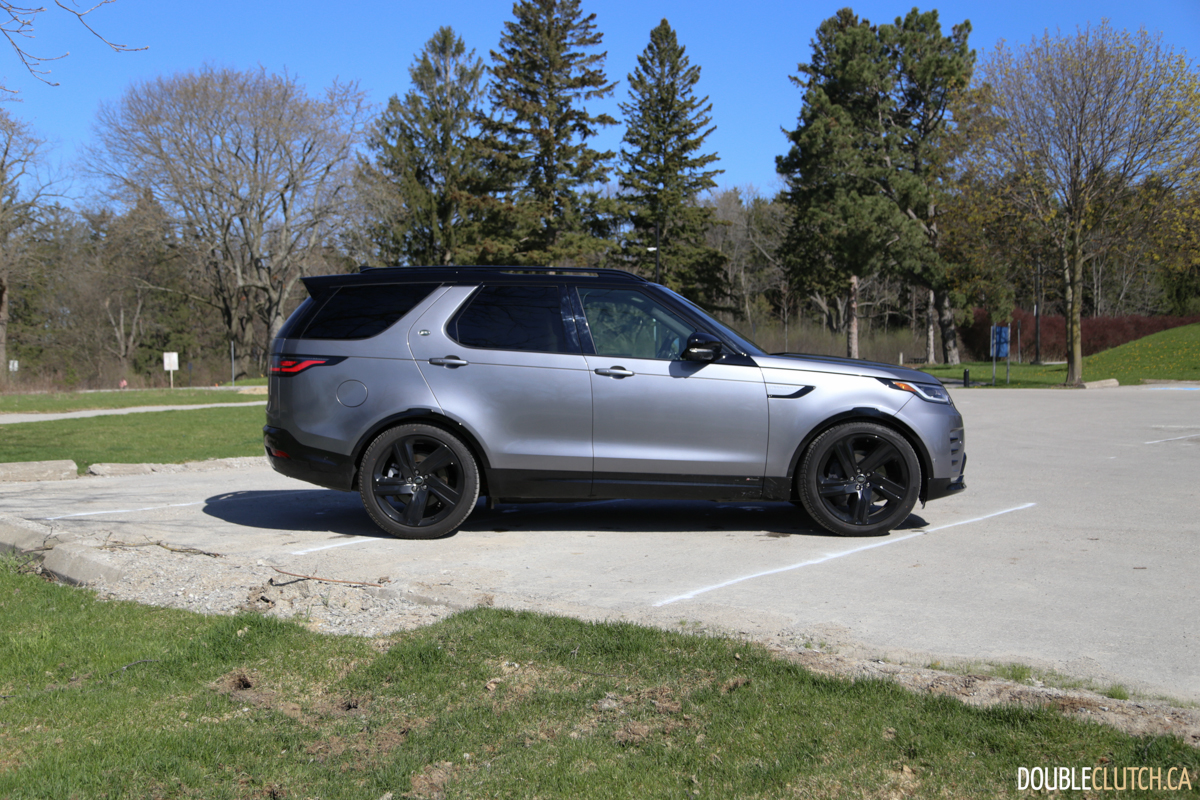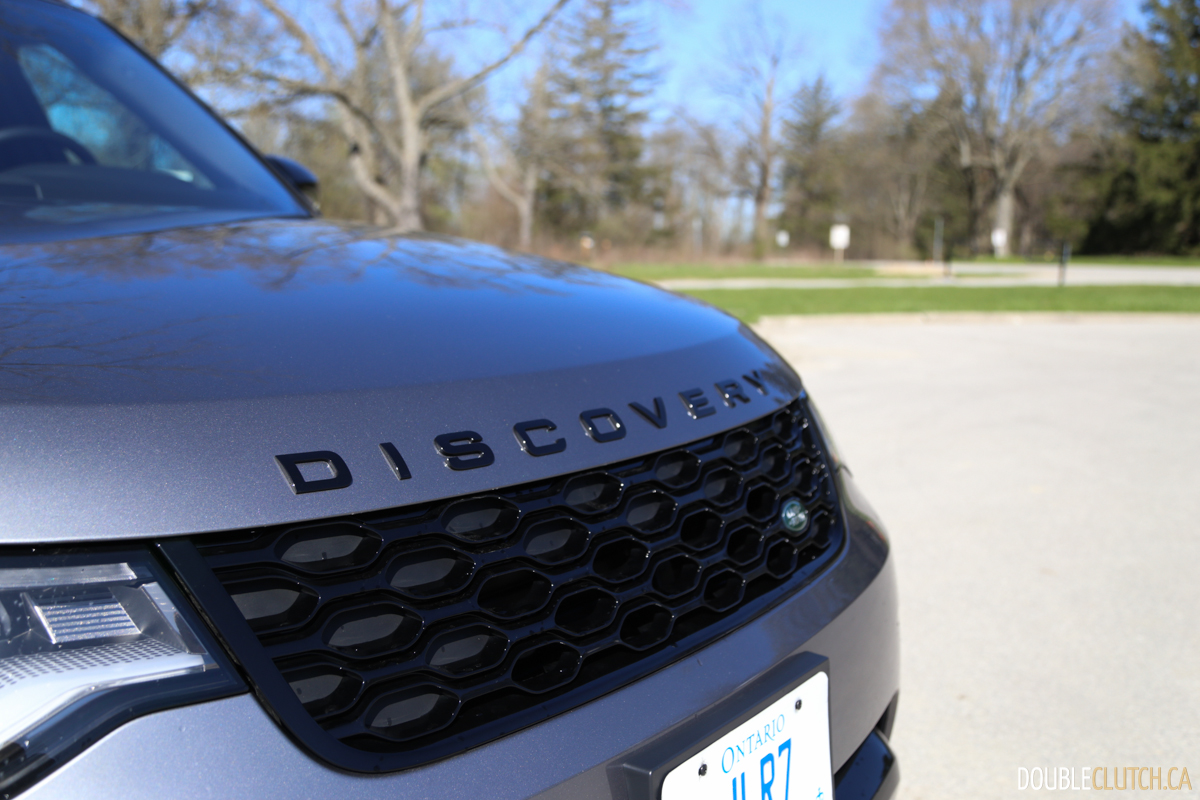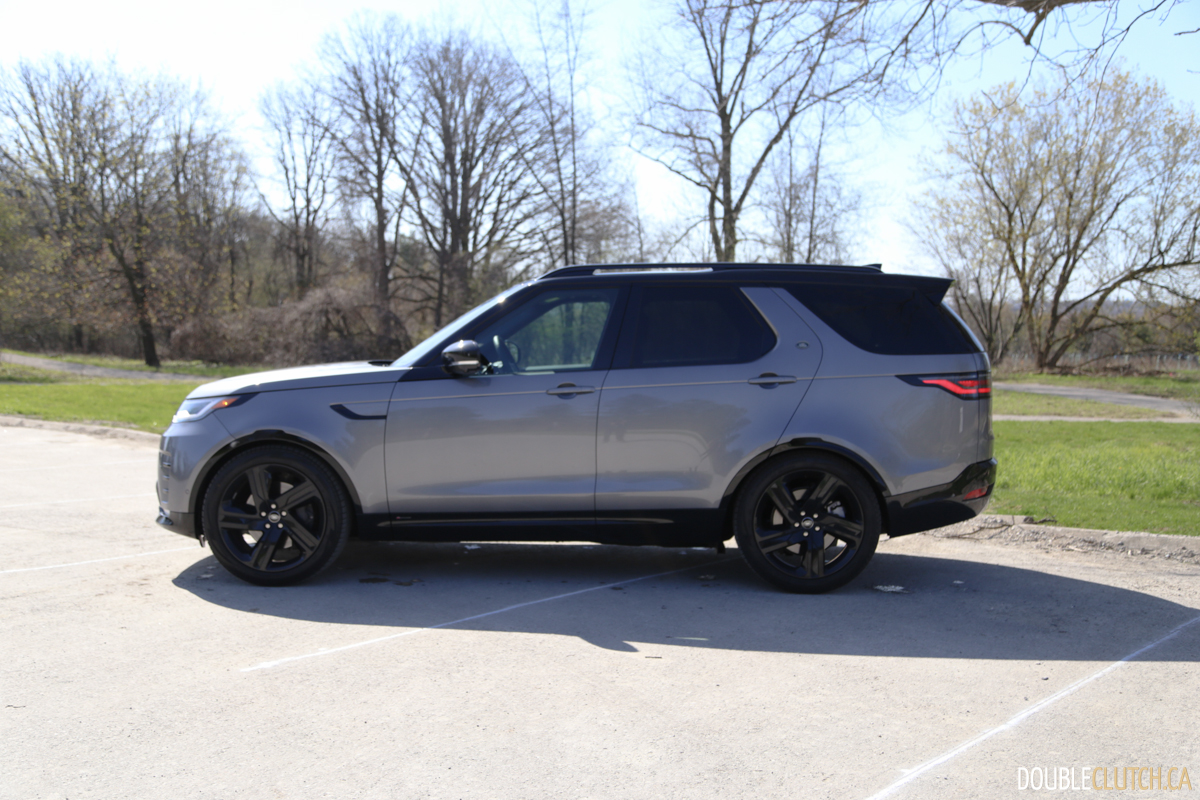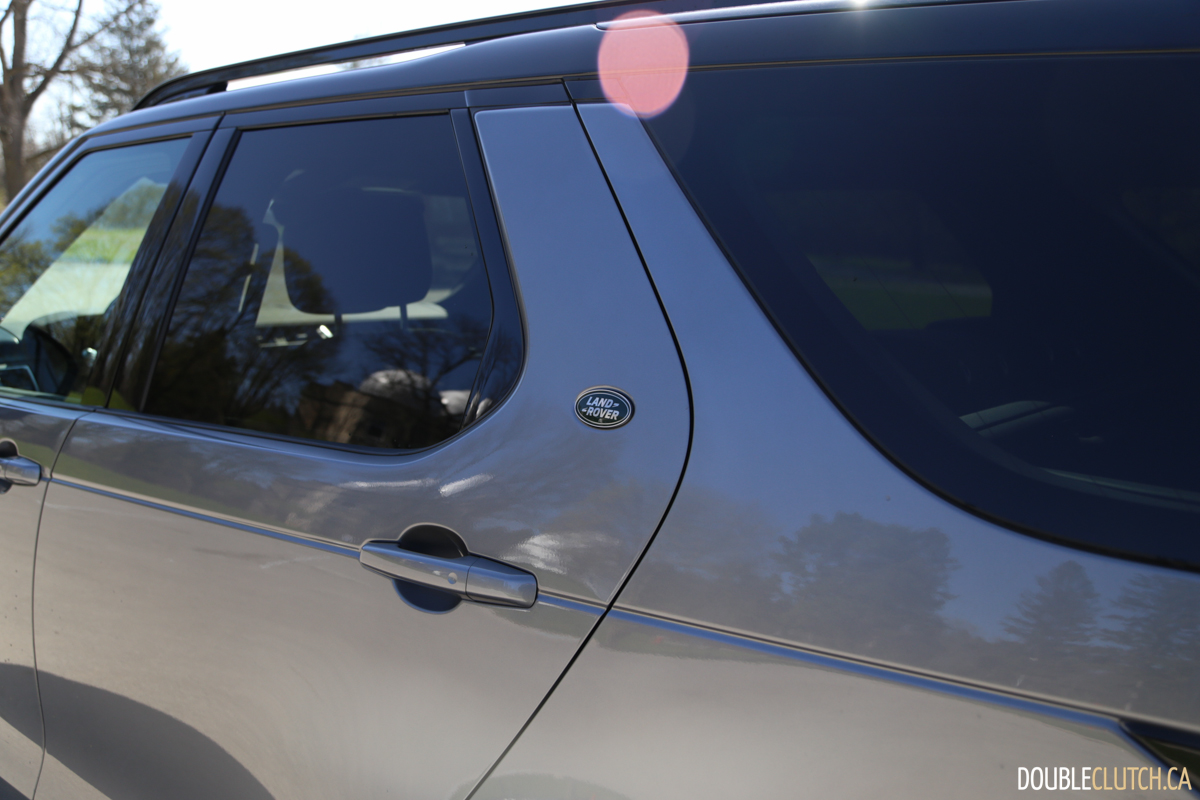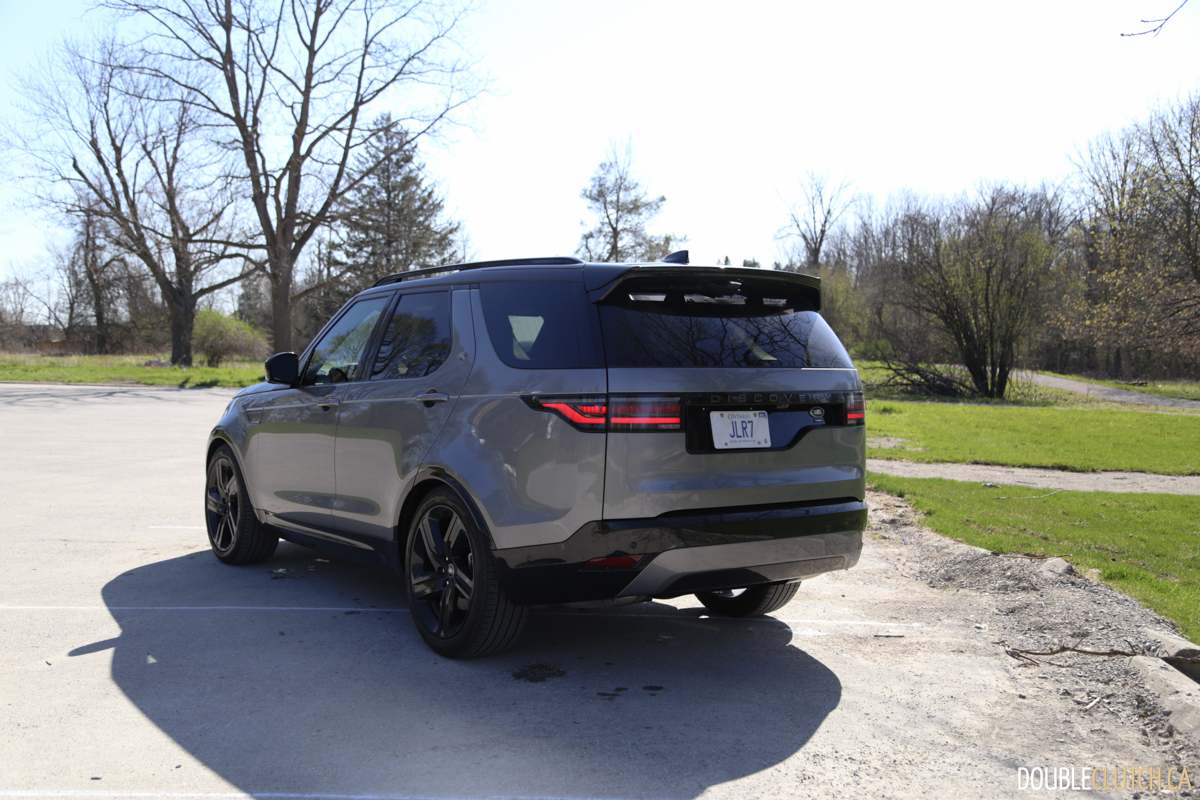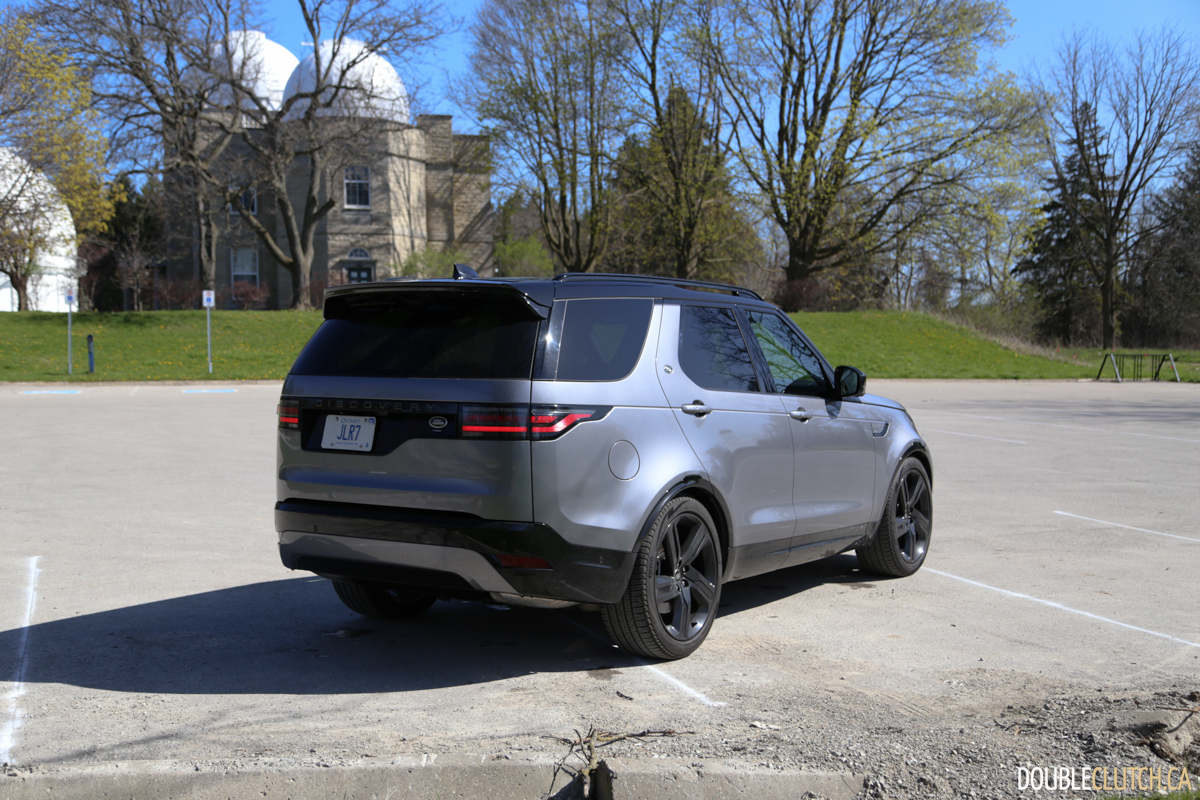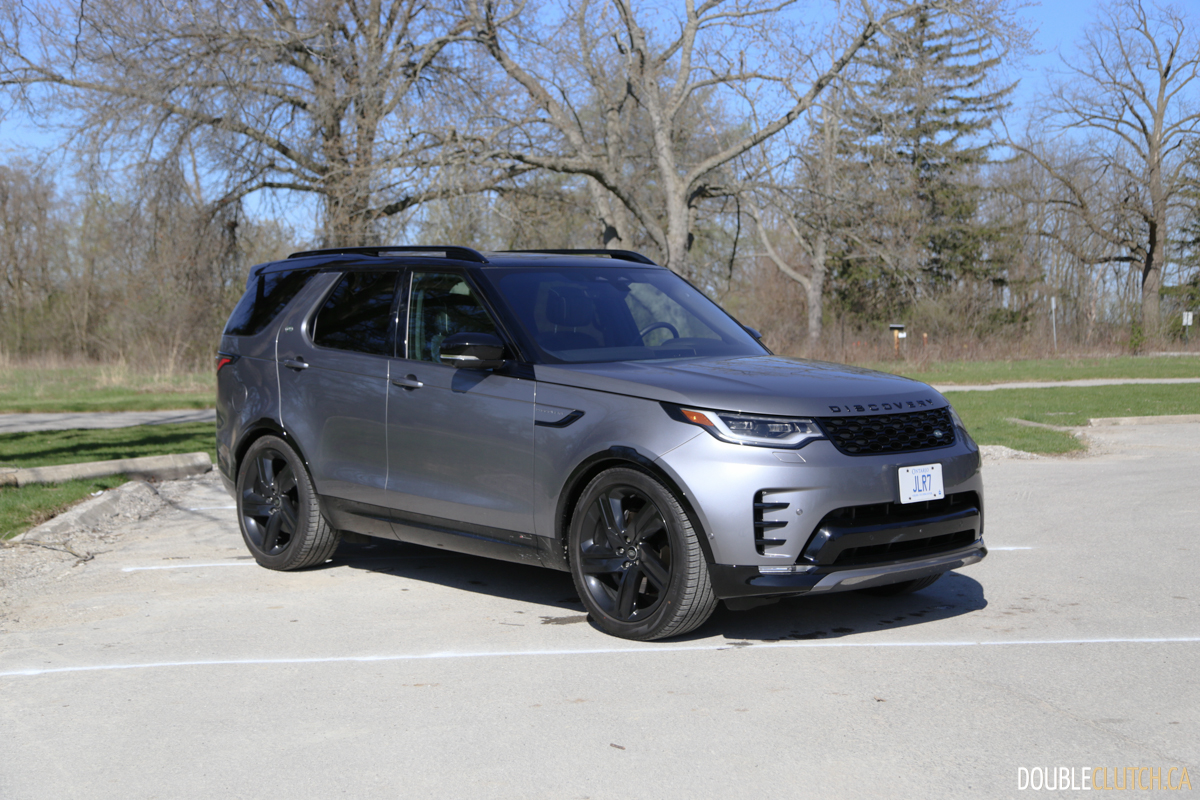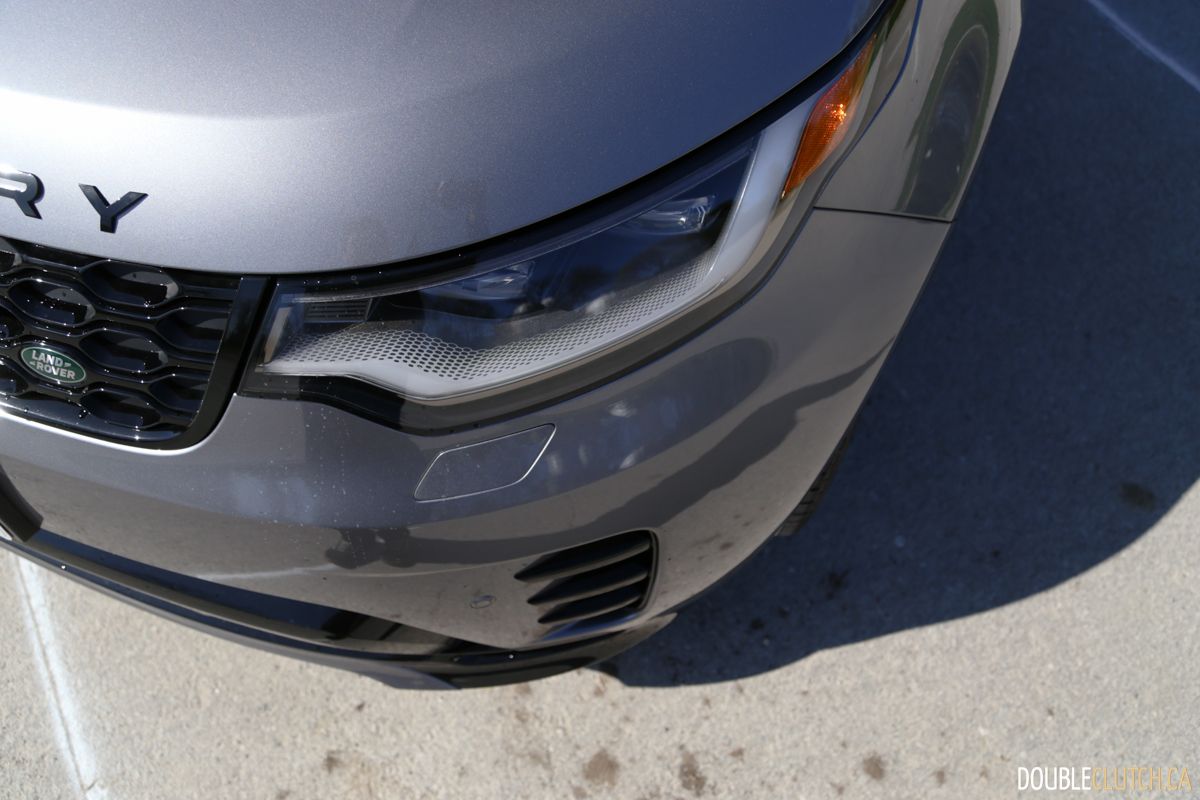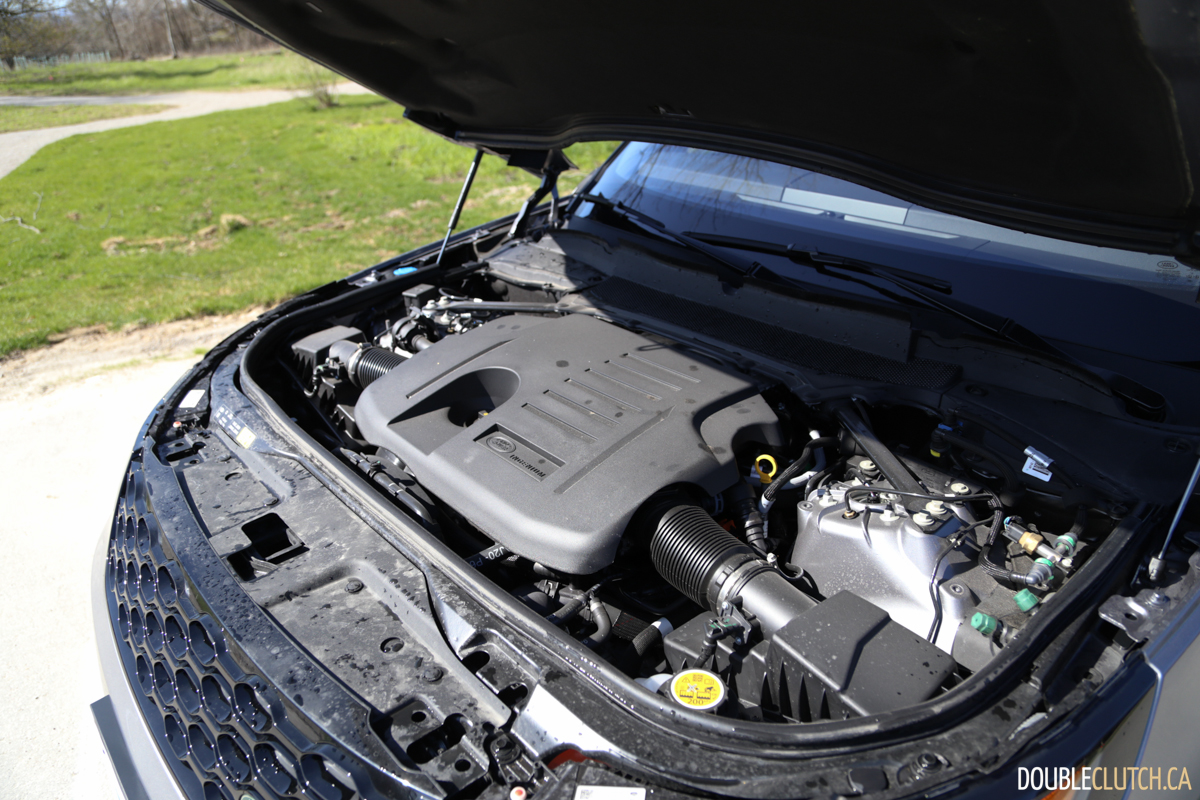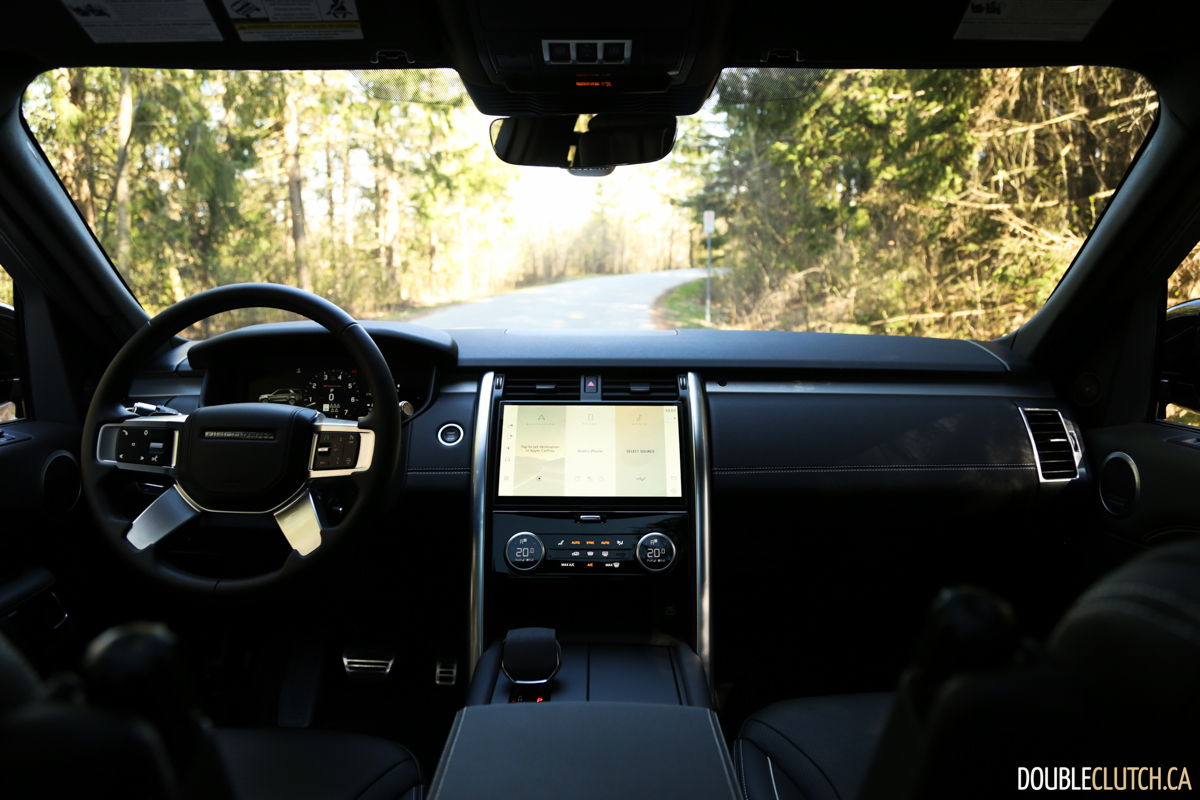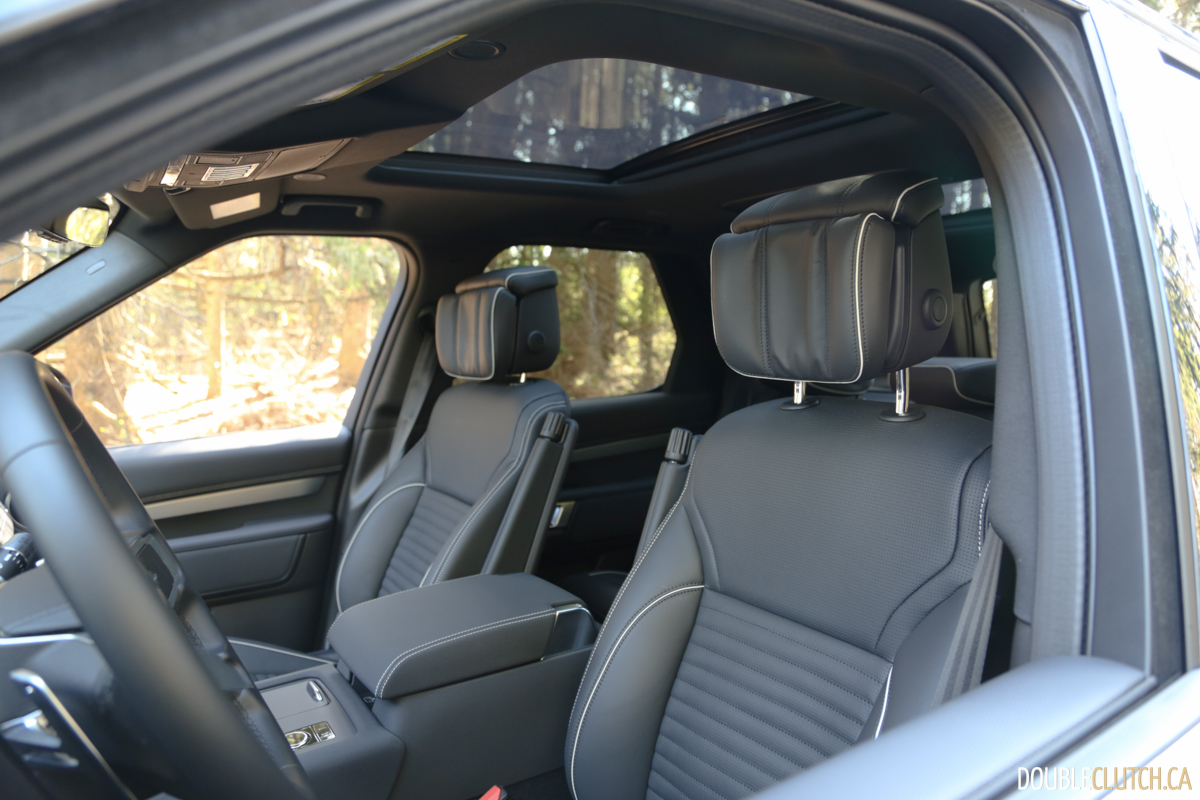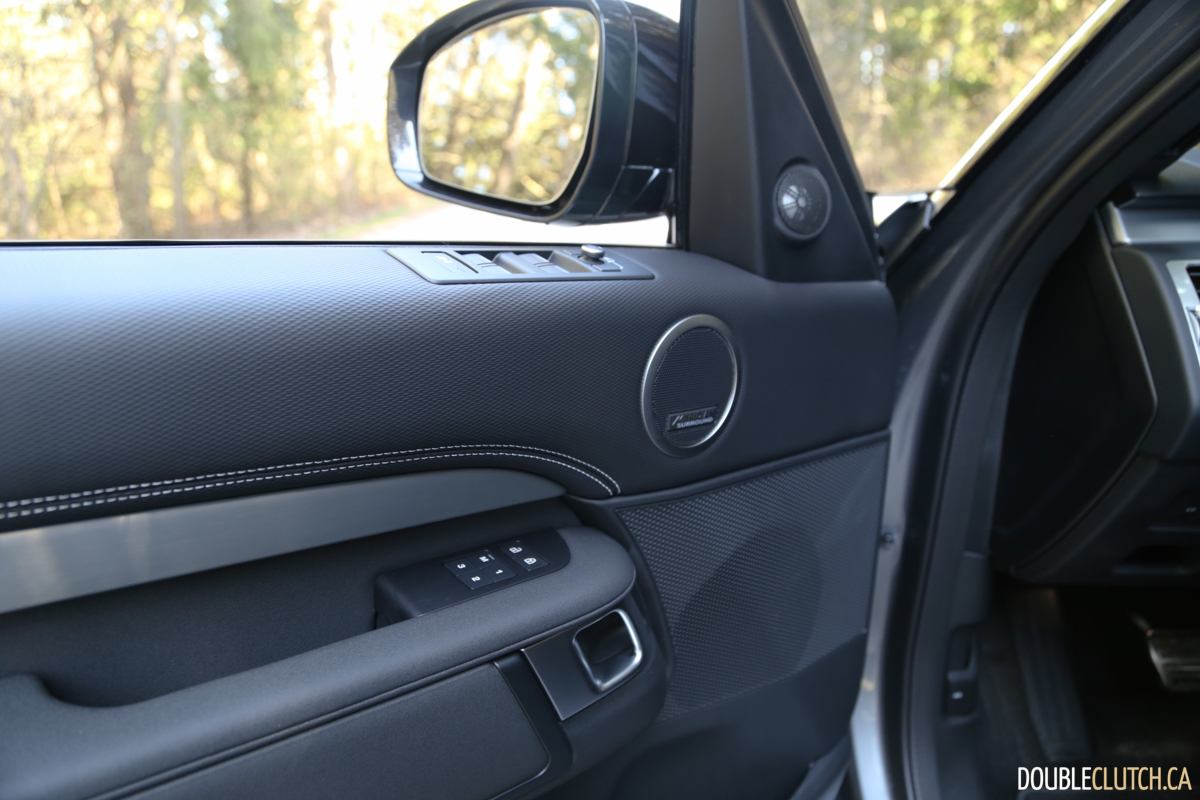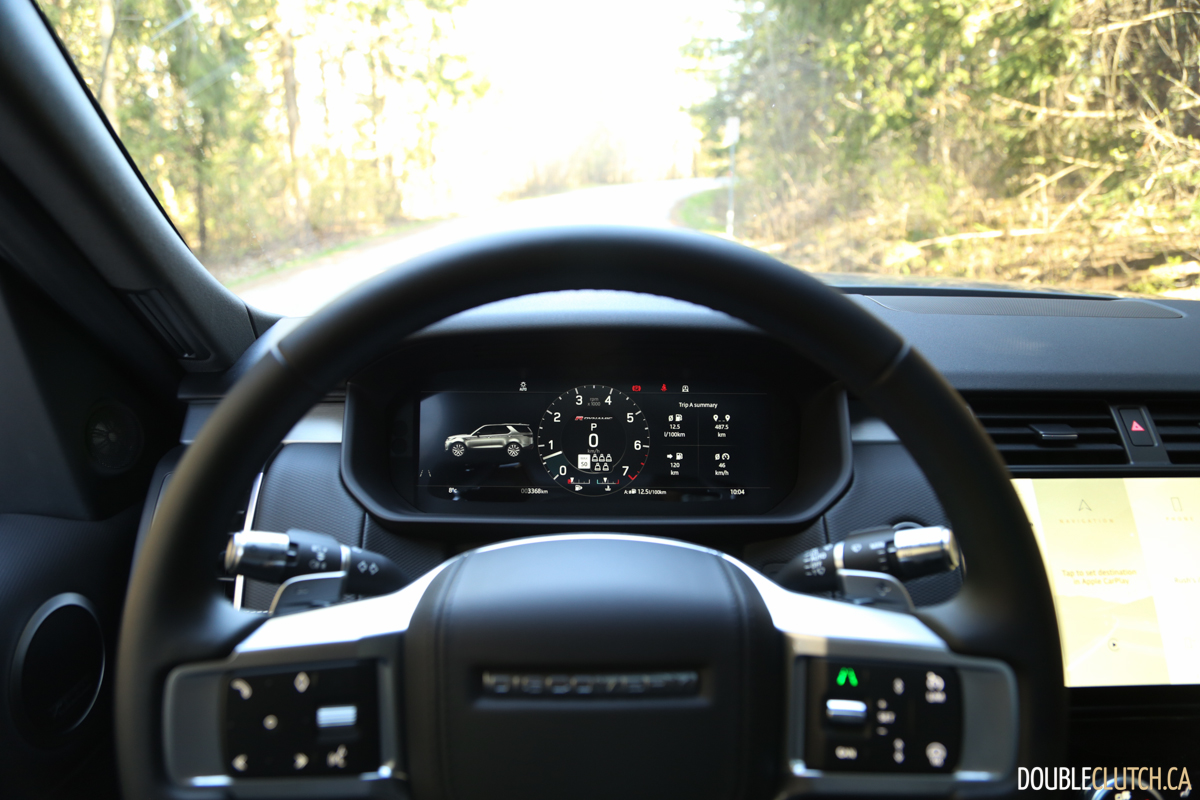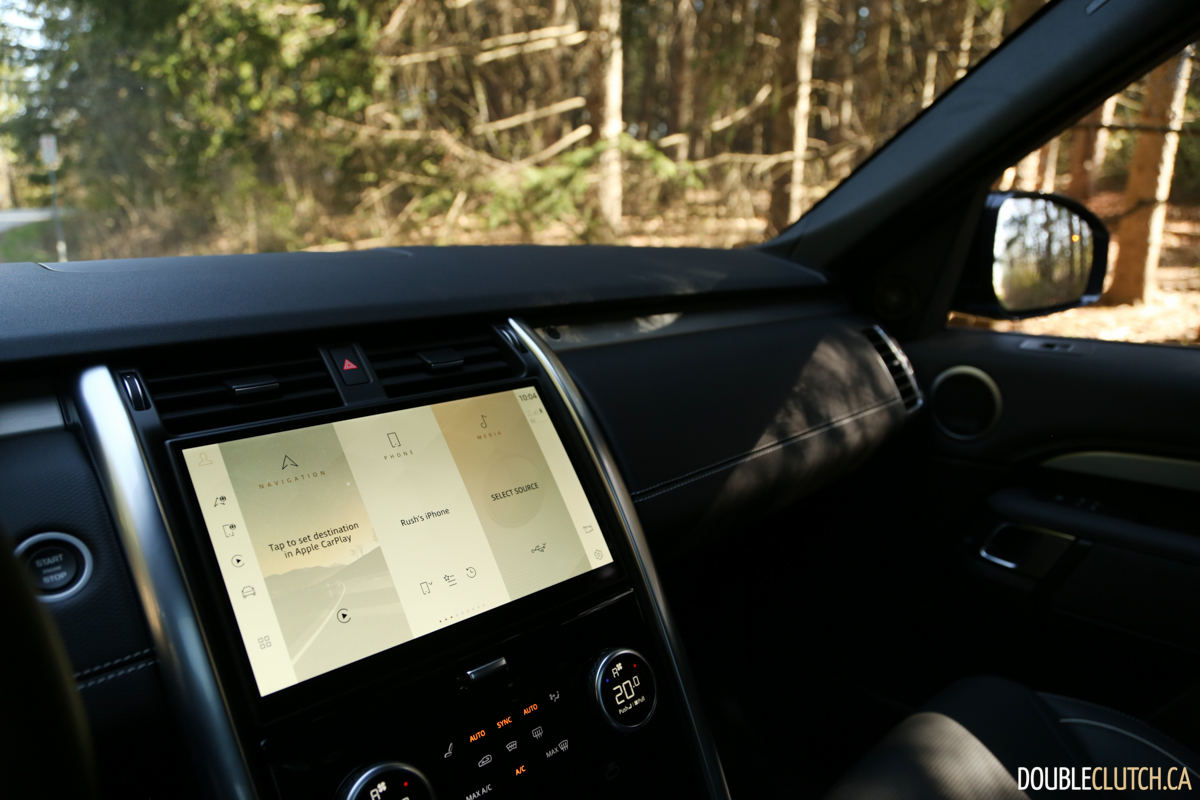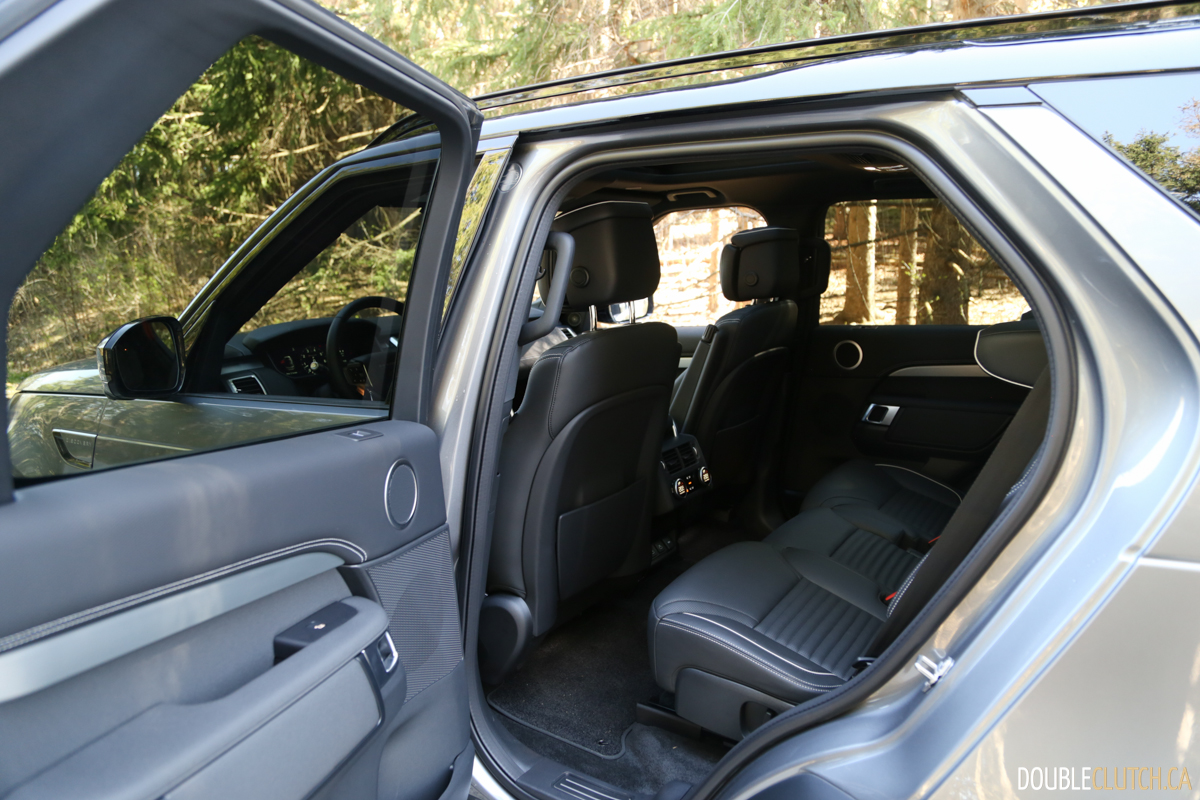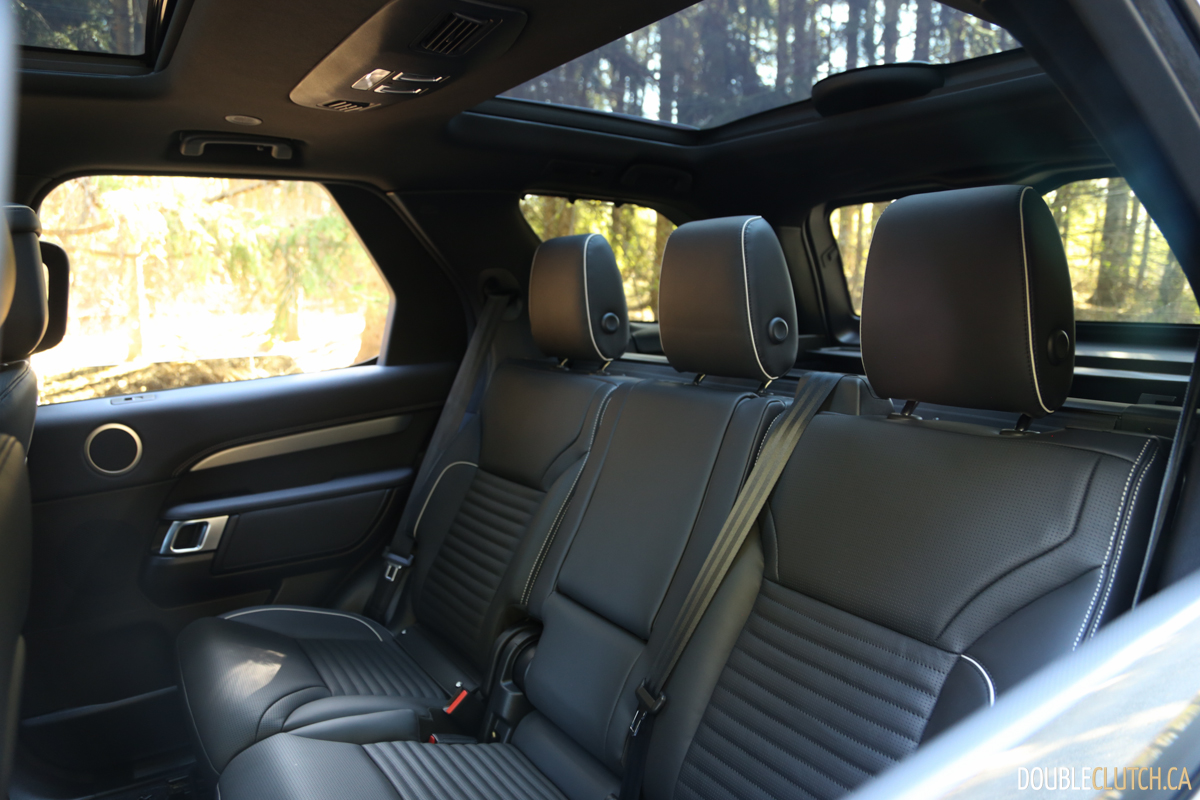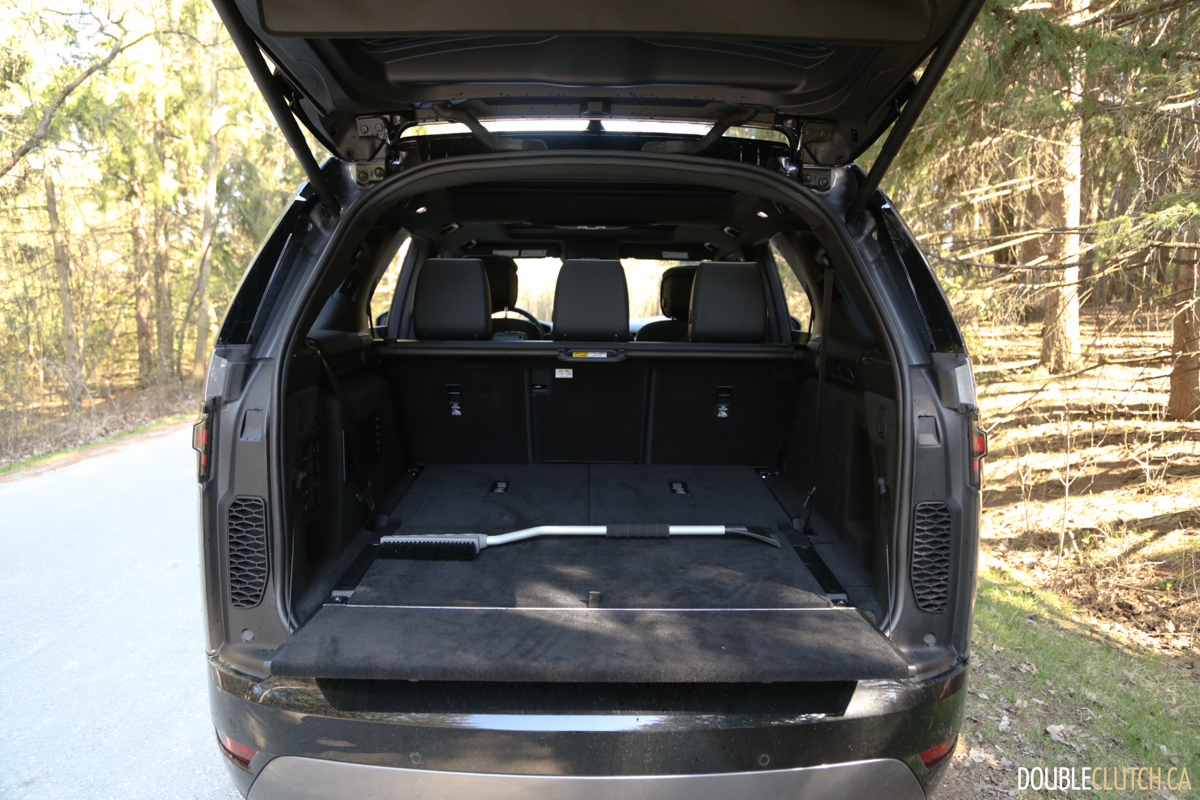One of my earliest recollections of the Land Rover Discovery is watching Jeremy Clarkson on BBC’s Top Gear review it. That Discovery, or LR3 as it was named for the North American market left a lasting impression as it climbed up a mountain and reached the summit. Funny enough, I’ve never seen a Land Rover Discovery climb anything more than a speed bump since. We spent a week with the 2022 Land Rover Discovery P360, to see if this Land Rover will still be one of the top picks for those searching for a luxurious and spacious family-hauler.
This generation of Discovery is technically the third variant, internally codenamed L462. Coming into its fifth year and the second year of the facelift, the Discovery still looks fresh. It still carries a lot of the previous design language with its tall and narrow overall stance. From some angles the Discovery does look a little bit awkward and ungainly, but the R-Dynamic 22-inch wheels and colour contrasting roof both add a bit of intrigue to the design.
Under the hood, Land Rover has fitted this Discovery with the Ingenium 3.0-liter straight-six turbocharged gasoline engine good for 355 horsepower and 369 lb-ft. of torque. You are also able to opt for a 2.0-liter turbocharged four-cylinder in the P300 model, which produces about 50 less horsepower and 60 less lb-ft. of torque. Both options come equipped with a 48-volt mild hybrid system which makes the start-stop noticeably smoother than other models we’ve tested.
Regardless of engine choice, the Discovery always delivers power through a ZF-sourced eight-speed automatic transmission and standard all-wheel-drive. Power delivery is one of the most remarkable aspects of the driving experience. Acceleration is velvety smooth and when your foot is buried in the throttle, you are rewarded with a positive growl. The transmission tuning is also very good, as we’ve come to expect from the ZF eight-speed boxes. That all-wheel-drive system can be controlled via the terrain control panel.
Fuel efficiency was good in our testing; we attribute that to the mild hybrid system, and intelligent use of the eight-speed gearbox. Over a course of roughly 550km of highway and city driving, we averaged 12.5L/100km. That figure is still above the rated 11.4L/100km, but for the size and capability of this SUV, we give the Discovery a pass. Rated fuel economy in town is 12.8L/100km and 9.8L/100km on the highway. The Discovery features a 90-liter fuel tank and with the decent fuel economy, longer road trips will be a breeze.
The second-generation that precedes this model we are reviewing featured an innovative unibody, ladder-frame chassis combo called the IBF. This means that the last generation had the underpinnings of a true off-road vehicle whereas the current model is built as a unibody design on the JLR D7u platform. However, those wishing to use their Land Rovers for some light off-roading will not be let down. Because this Discovery is built on the aluminum unibody platform, it loses over a thousand pounds from its predecessor while having more torsional rigidity.
Our tester’s air suspension system combined with the all-wheel drive system means that travelling off the beaten path is no-biggie for the Discovery. The drive mode selector also lets you choose between grass, ruts, mud and sand, and there is also an inventive wade mode that actively monitors water depth. There is also a low range setting that will prove to be useful.
Looking at the interior of the Discovery, it’s all pretty standard JLR. There are a lot of cubby spaces, and the leather seats are extremely comfortable with the airliner style headrests. The Pivi Pro system is still here, and we have to say the colours and typefaces used on the massive touchscreen really feel upmarket and seem on brand. Android Auto and Apple CarPlay are present though are wired only affairs. There is also no satellite radio to be enjoyed here.
Overall, the interior felt premium while feeling more muted than its Range Rover cousins. The interior did feel just as luxurious as offerings from the usual German competitors. The space in the second and third row of the Discovery is a little bit on the tighter side and there is hardly any cargo space behind the third row at just 286 liters, which is definitely something to keep in mind as the Discovery is more of a five-seater plus luggage kind of SUV.
There are also a lot of small features in the trunk of the Discovery such as the ability to lower and raise second and third row seats from the control panel in the cargo area, and even switches to lower the air suspension. Small features like these may seem like a gimmick, but I believe that these will make the Discovery an easier vehicle to live with for the long term.
One small annoyance we encountered with the infotainment system was there were a handful of times it would freeze and not come back online for minutes. And on that note, we also had a pesky intermittent airbag warning light that plagued our tester for the whole week we spent with it.
2022 pricing starts at $70,500, which will get you the base model with the P300 turbocharged four-cylinder engine. Our R-Dynamic HSE trimmed tester with some additional add-ons came to a grand total of $93,900. At this price point, other vehicles to look at would be the Audi Q7, Volvo XC90 and BMW X5. All of those options can generally be optioned to feel a little more luxurious, however they lack the off-road prowess of the Discovery.
So where does that bring us on the 2022 Land Rover Discovery P360? We feel it stands in a segment of its own; offering a luxurious ambience with premium materials but can actually hold its own off-road. We don’t think the Discovery is the obvious choice for this class, but for those looking for a family-hauler that is just at home in the mall parking lot as it is on the trail, this is the vehicle for you.
See Also:
2021 Mercedes-AMG GLE 53 4MATIC+

